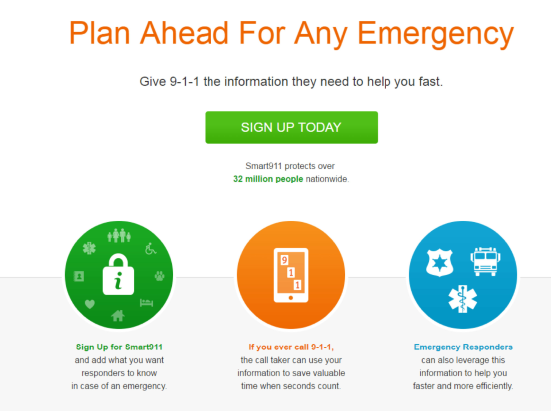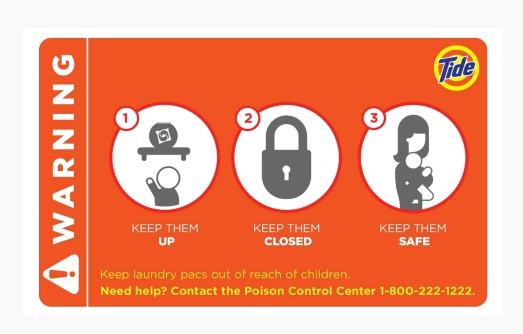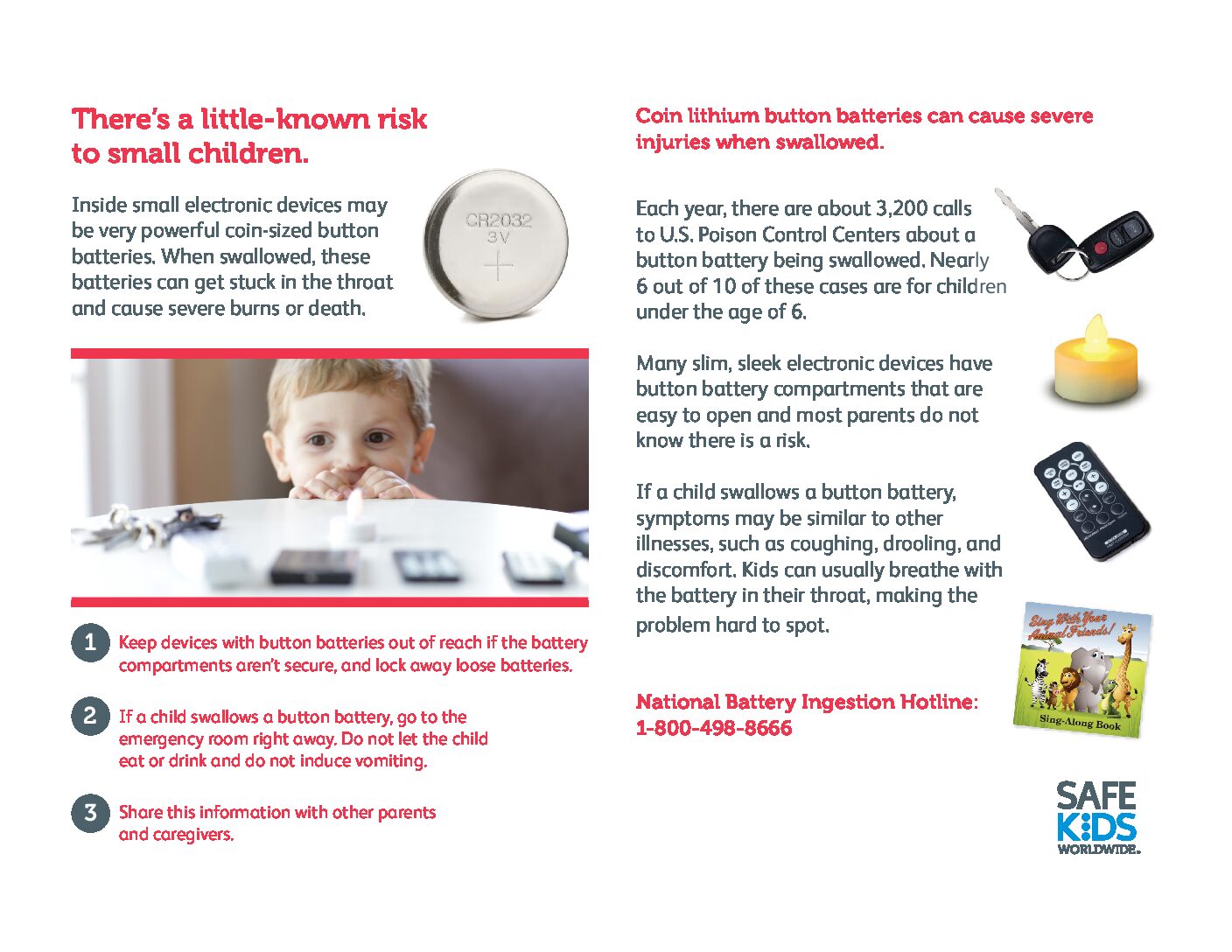Author: Brenda Plascencia
Smart911 and YOU!
Recently Nick Holloway from the Office of Emergency Management in Missoula presented information on Missoula’s Smart911 program to the Safe Kids Missoula Coalition members.
Although the program includes emergency notifications, as well as your safety profile, this blog post is dedicated to sharing information about why the safety profile is so important.
Statistically, over 80% of calls made to 9-1-1 come from mobile phones. When you dial 9-1-1 from a mobile phone, the 9-1-1 call takers usually have only your phone number and a very general sense of your location. This is a serious problem in an emergency, particularly if you or your loved ones have medical conditions, allergies, have limited mobility or are unable to safely speak. With Smart911, you can provide 9-1-1 call takers and first responders critical information you want them to know – in any kind of emergency.
So how does the it work? First, you need to sign up. Once you have completed the sign up and if need need to call 9-1-1, your Smart911 Safety Profile displays on the 9-1-1 screen and the 9-1-1 call takers can view your addresses, medical information, home information, description of pets and vehicles, and emergency contacts. You can provide as much or as little information as you like.
Smart911 is a national service meaning your Smart911 Safety Profile travels with you and is visible to any participating 9-1-1 center nationwide. Please be advised that not all communities have a Smart911 programs however our community does have this valuable resource.
Carbon Monoxide Poisoning Prevention
This winter and holiday season, we wanted to share information regarding signs, symptoms and safety in regards to Carbon Monoxide Poisoning and Prevention. Furnaces and other heating elements that burn coal, wood, charcoal, propane or natural gas produce carbon monoxide, which can collect in a home or garage and cause poisoning. The gas cannot be detected by its odor, which means that many people are exposed each year, and some run the risk of serious health problems or even death.
There are many ways to help keep yourself safe and prevent carbon monoxide poisoning. You can schedule an annual check up for your furnace and hot water heater; ensure that each of your homes and/or businesses have a carbon monoxide alarm, replace you carbon monoxide alarm every five years and consider brining one along when you travel and maybe most important is to be aware of symptoms.
To learn more, please check out this article published by Intermountain Healthcare and written by Dr. Lindell Weaver.
Keeping Kids Safe Around Liquid Laundry Packets
Did you know that liquid laundry packets are concentrated and designed to dissolve in water? They are similar in design to pods for dishwashing machines. These soap packets are easy to use and store, however, there is also a down side to them.
Each year, hundreds of children get into laundry packets and experience side effects. Many of these instances resulted in calls to Poison Control with the majority of children who are at the greatest risk being 1 and 2 year old. Some of those side effects have included difficulty breathing, excessive vomiting, severe eye burns/irritation, temporary vision loss and/or loss of consciousness.
There are ways to help keep kiddos safe.
- Keep the soap packets out of children’s sight and reach.
- Keep the soap packets in their original container, with the container closed, at all times.
- If a child get’s into liquid soap packets, call the Poison Help number right away at 1 (800) 222-1222.
Button Batteries
Did you ever thing about what type of batteries are running your small remotes and electronics. I am afraid that I had not, until I found one in my grandson’s mouth. I had not taken the time to look and find out what was in his toys, in my remotes nor in small battery candles. I should have. Why? Well, for one, if a child (or animal) swallows a button battery, the kiddos can often still breathe and could just cough, drool or have difficulty swallowing thus the symptoms mimic other illnesses. Secondly, batteries, if stuck in the throat can cause minor to serious burns.
Per the tip sheet provided by Safe Kids Worldwide, there are three ways to minimize risks, if having children and button batteries in your home.
- Keep devices with batteries out of reach, in a secure location and lock away any loose batteries.
- If a child swallows a battery, head to the ER immediately and ensure that the child does not eat or drink. Also, do NOT induce vomiting.
- Share the information to other parents and caregivers.
If you would like more information, please call the National Battery Ingestion Hotline at 1 (800) – 498-8666.
A different kind of child passenger safety system is available for travel
Today we share a partner post. Here are four options that may help solve some of the common child passenger safety issues that are often faces when traveling to learn more, we would encourage you to visit our Safe Kids Coalition partner site: Drive Safe Missoula.


